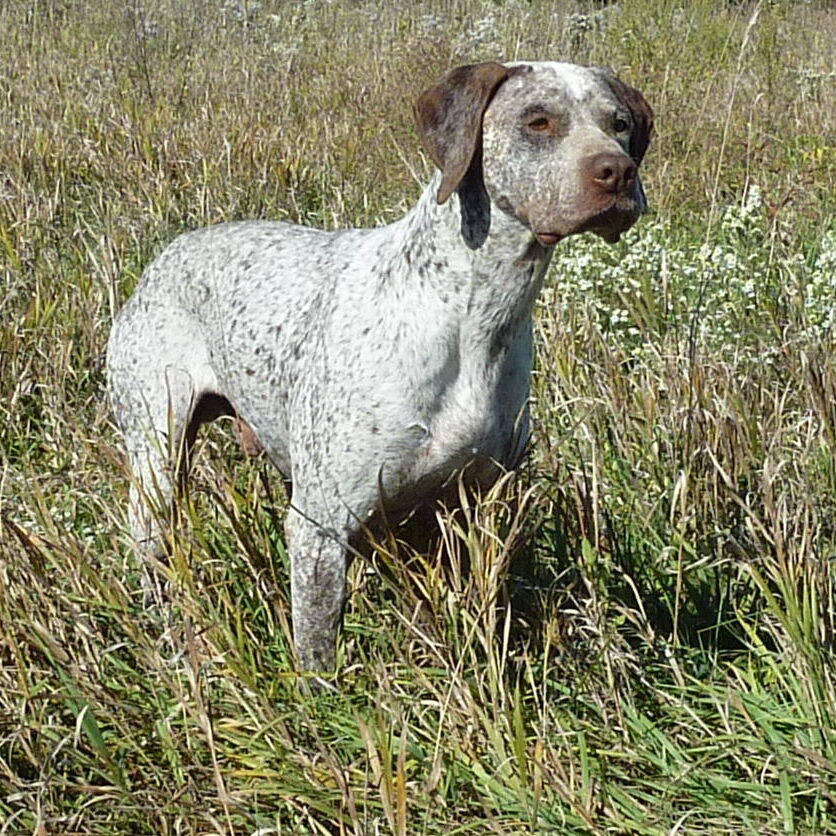Rufnit Kennels Braque du Bourbonnais – Miscellaneous Photos
The following photos are taken from our daily training, play, seminars and hunting sessions.
Enjoy watching our companions develop!
(NOTE: photos are continuously added; newer photos will appear at the bottom of the page.
Photos are also located on our FaceBook page.)

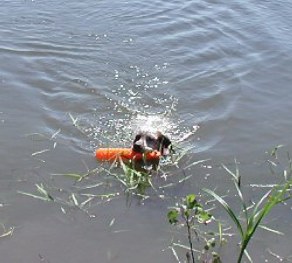

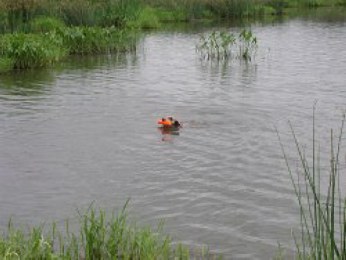

Journey (upper left), Jasmine (lower left),
LuLu (upper right), Echo (center right) & Hemi (lower right)
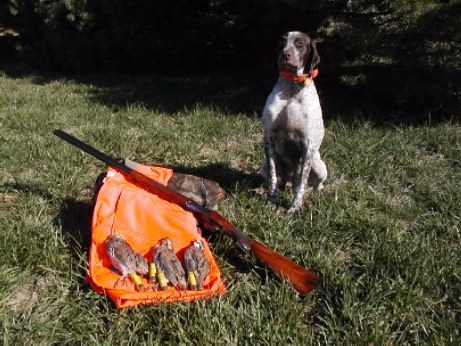
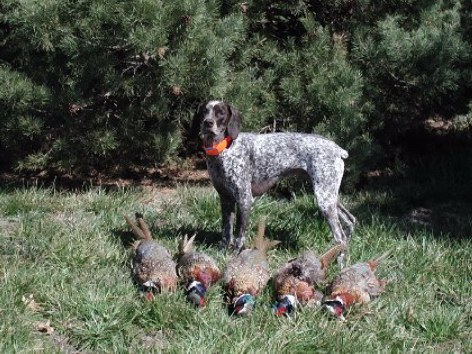

Echo, Jasmine, Axel, Alex, Journey & Hemi
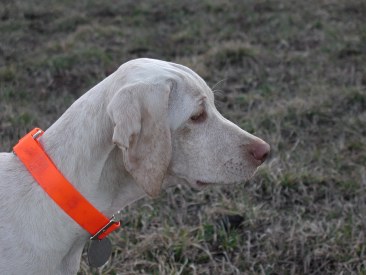
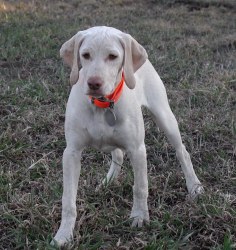
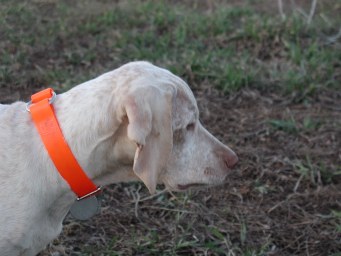
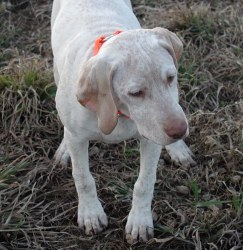

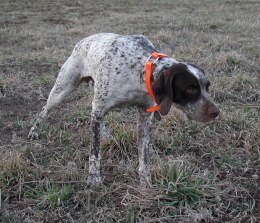
Jasmine
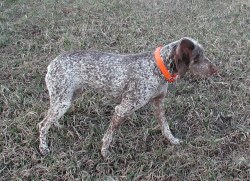

Journey
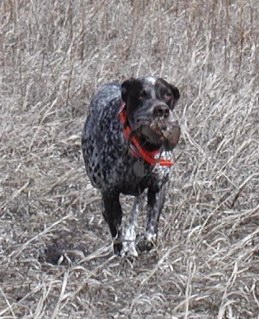

Echo
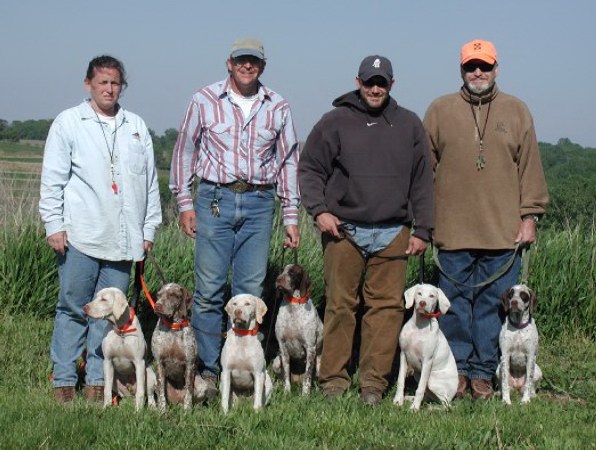
Alex, Journey, Axel, Jasmine, Amos & Alou
with their human companions
Shari, Terry, Shane & BurDon
at the Heartland Chapter NAVHDA Test
after receiving their NA Prizes
(A record was set that day for the largest number of Braque du Bourbonnais testing together and Prizing in a NAVHDA NA Test)

Rufnit Kennels
“NAVHDA Natural Ability Breeders Award”
(first recipient in North America)

Shane, Kevin, Echo & Hemi

Alex, Journey, Jasmine, Hemi, Echo and Axel
Veterans Day Hunt
11-11-04
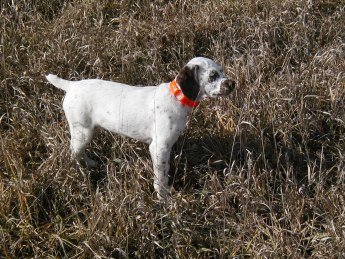
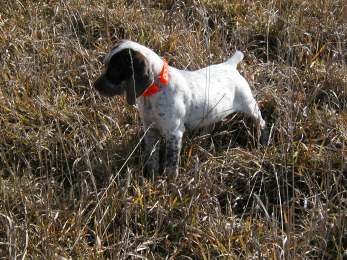
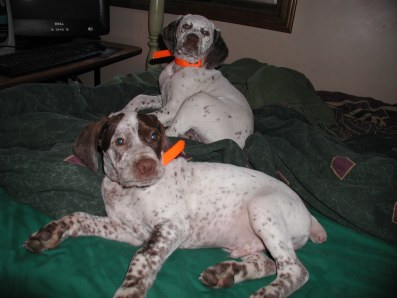
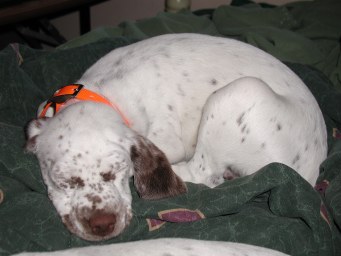

Valencia & Vurhi
12-14-04
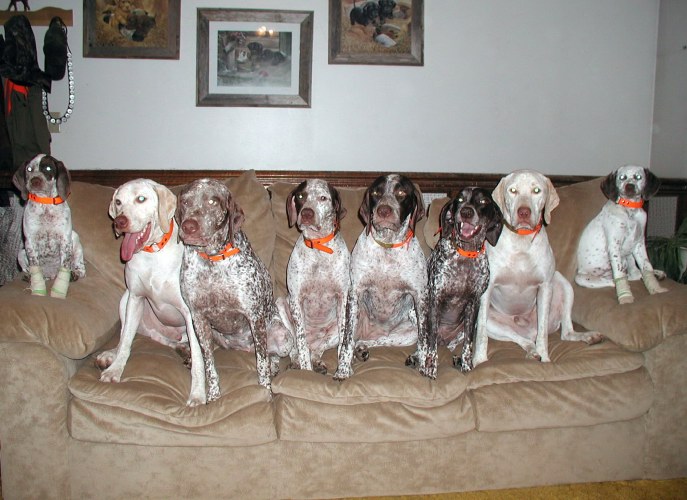
Vurhi, Alex, Journey, Hemi, Jasmine, Echo, Axel and Valencia
12-24-04

Valencia, “Put the camera away and come to bed, Mom”
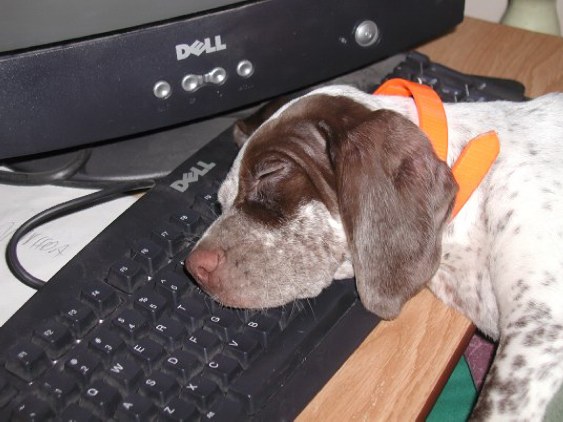
Vurhi, falling asleep while practicing for his “Dell” commercial
Pheasant Fest 2005Omaha NE
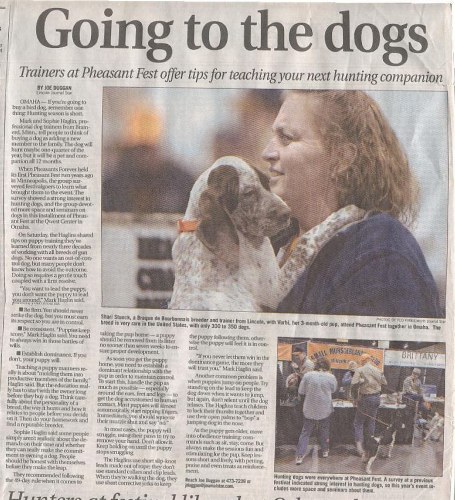
Photos by TED KIRKLincoln Journal Star
Vurhi being photogenic again…first television…then the newspaper!

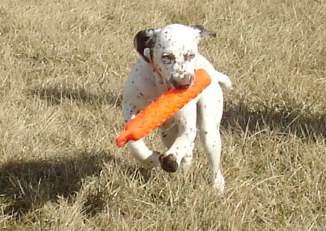
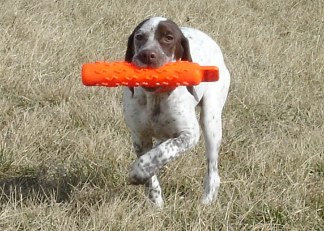
Bali, Valencia and Vurhi training 02-16-05
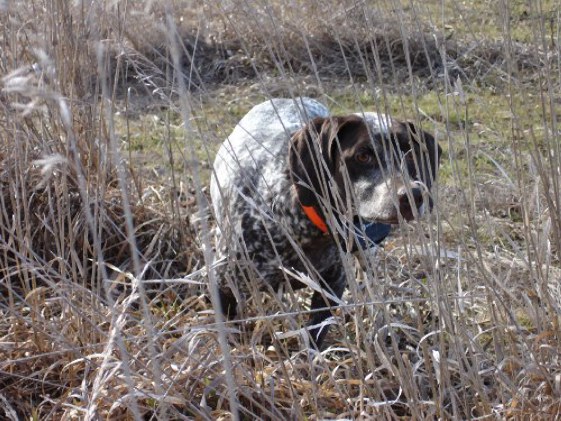
Echo quail hunting 02-16-05
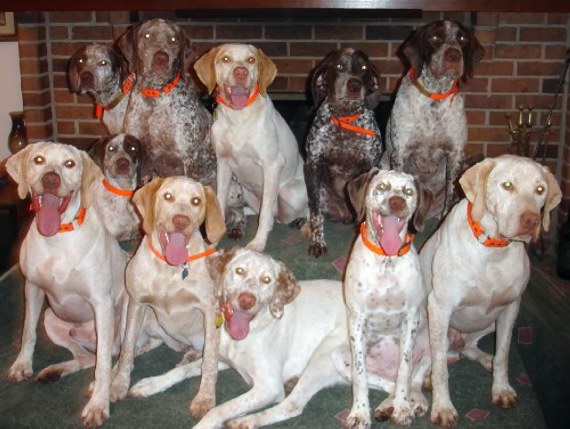
Braque du Bourbonnais Group 02-18-05

Vurhi and a bobwhite quail 02-23-05
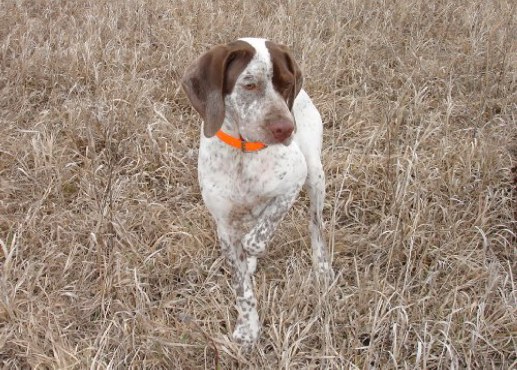
Vurhi pointing a bobwhite quail 02-23-05
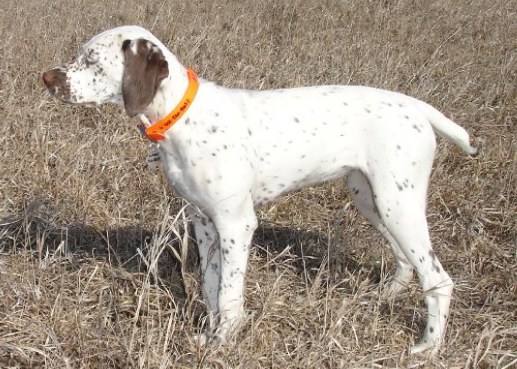
Valencia locked on a quail 02-23-05

Valencia retrieving a quail 02-23-05

Bali pointing a quail 02-23-05

Bali retrieving a shot quail 02-23-05
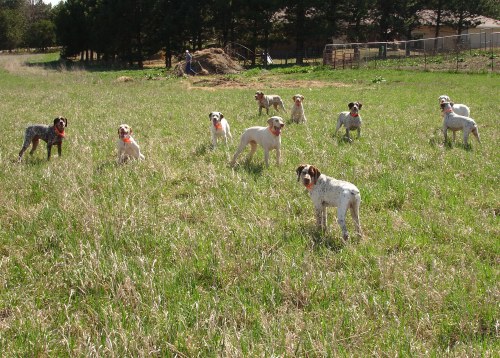
Rufnit Kennels Braque du Bourbonnais’ version of “Where’s Waldo.”
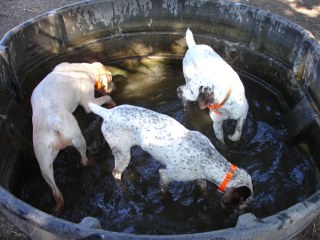
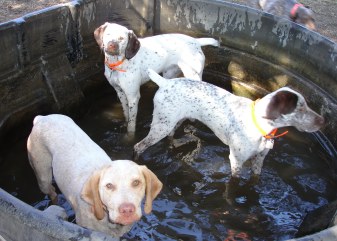
Bali, Valencia and Vurhi cooling off after field work.
Do we HAVE to get out?”
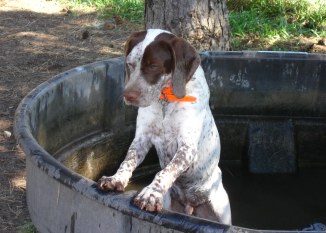
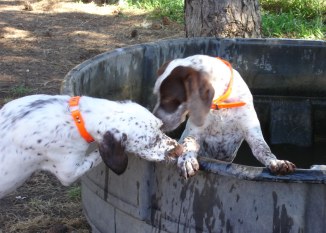
“Hey guys, I’m still in here!!”
“Vurhi, Mom said we have to get out!!”
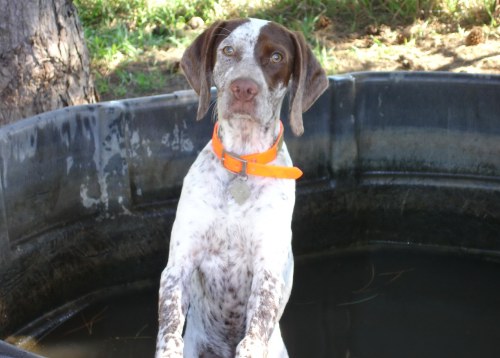
“Just a few more minutes…..PLEASE!?!?”
Trying to get Bali, Valencia and Vurhi out of the tank after field work, proves to be a challenge!!
04-07-05

Jasmine, making sure the shot gun doesn’t go out without her!
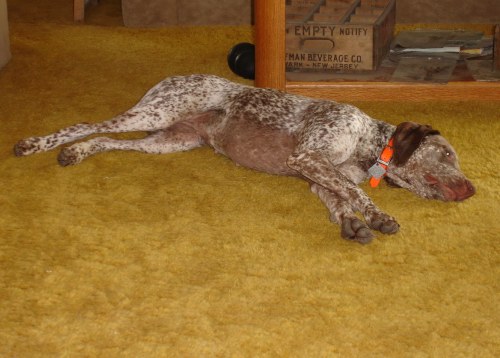
Journey taking an afternoon break.
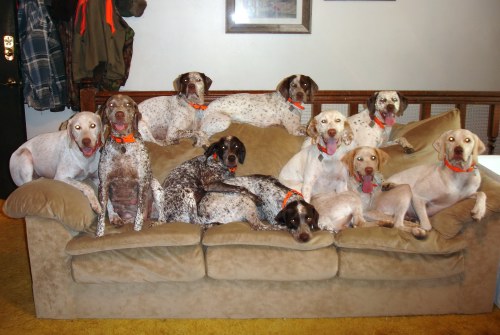
Rufnit Kennels’ Braque du Bourbonnais Group photo
08-12-05
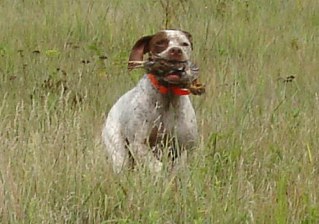

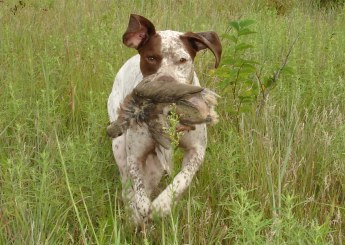
Hemi vs GameBirds – Final Score for the day: 4-0
08-23-05
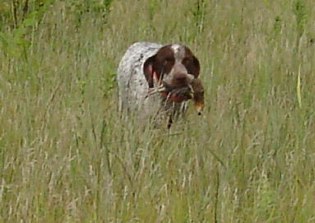


Jasmine vs GameBirds – Final Score for the day: 3-0
08-23-05
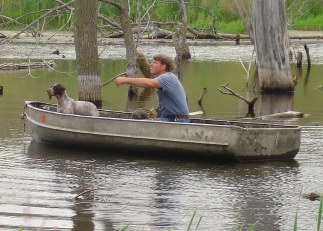
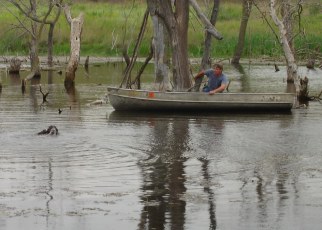
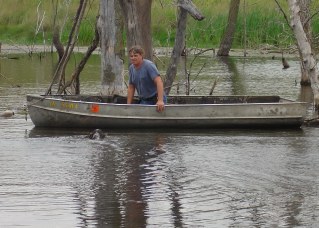
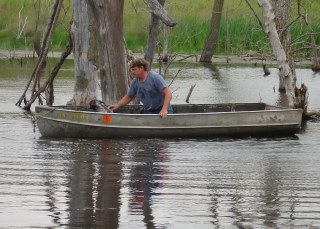


Jasmine teaching her companion to “search for a duck”

Heartland Chapter NAVHDA Utility Test October 8, 2005
The first known NAVHDA Utility Test consisting of all female owners/handlers!
Kristine Hill (Small Munsterlander), Sally Jo Hoaglund (Weimaraner)
Shari Stueck (Braque du Bourbonnais), Cheryl Asmus (German Shorthaired Pointer)
Photo courtesy of Tresha Moorberg
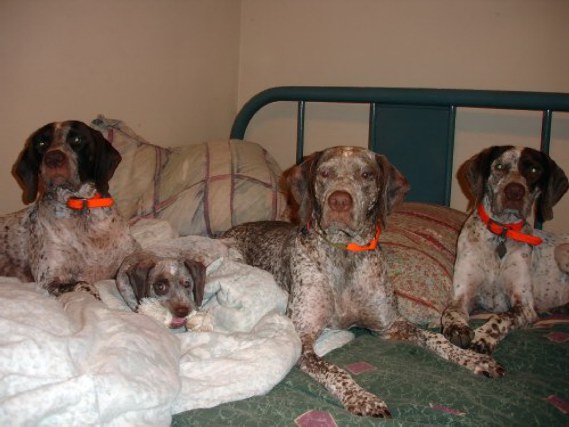
Giving the pheasant and quail time to re-group, while entertaining the
“little one.”
Jasmine, Encore, Journey and Vurhi
11-06-05
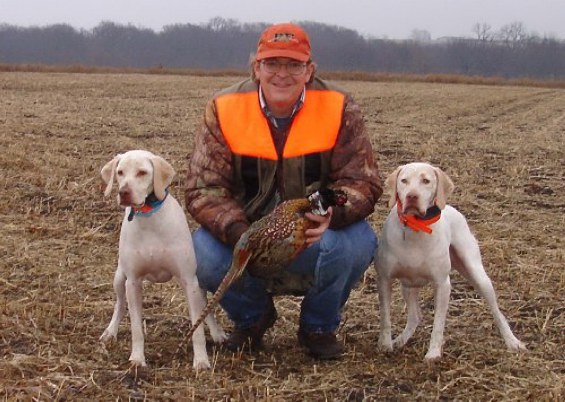
Alex and Axel after 11-27-05 hunt(at least Terry hit something!!)
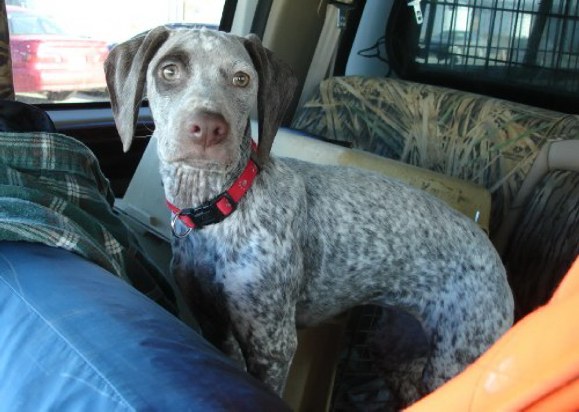
“Let’s go…there are birds to be found!”Encore 12-19-05
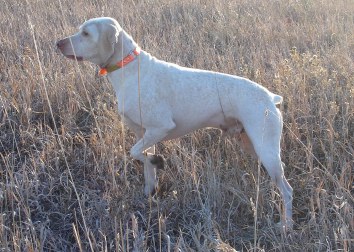


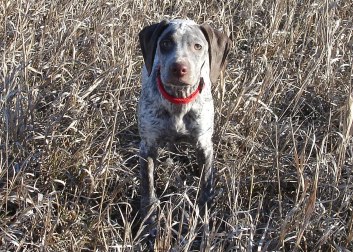
The above photos taken during the 12-20-05 upland hunt.
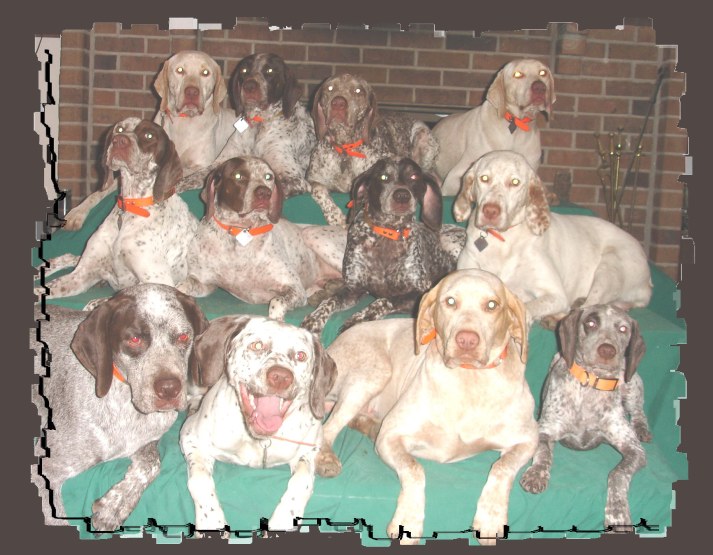
Rufnit Kennels’ Braque du Bourbonnais Group
2006

Jasmine & Journey with their “birthday” gifts!
02-21-06

Angus 03-02-06
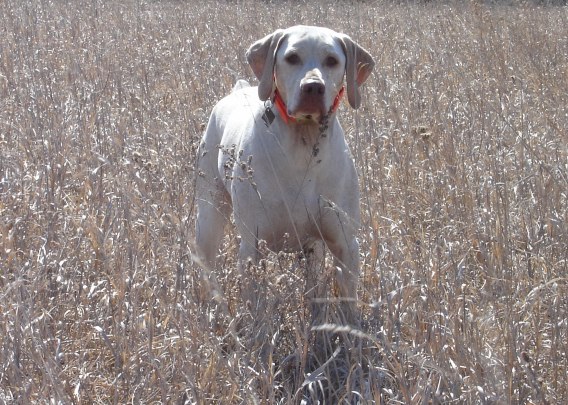
Alex 03-02-06

Fortune, during field work 06-08-06
(~11 weeks old)
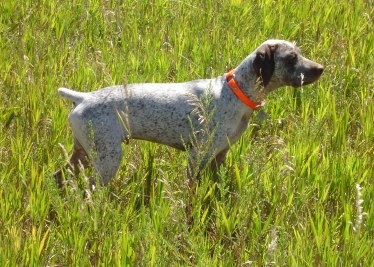
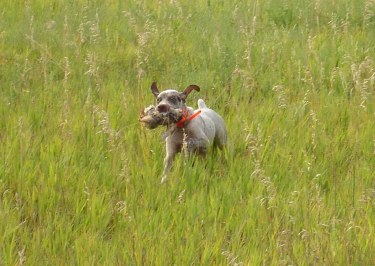
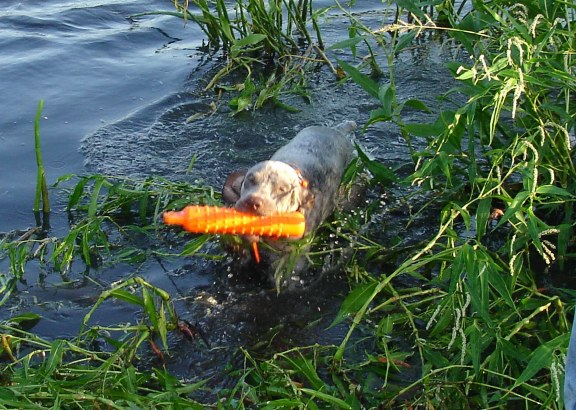
Fortune preparing for his NAVHDA NA test!
(~4 1/2 months old)
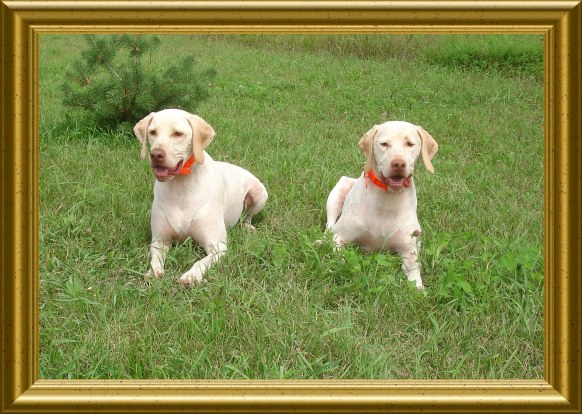
Alex and Axel patiently awaiting their turns for “multiple retrieves”

Examples of the development of the Braque du Bourbonnais
Rufnit Hero (4 days – 12.5 oz), Rufnit Genius (8 weeks – 9 lbs. 10 oz)
and Rufnit Fortune (6 months – 40 lbs 8 oz)
Braque du Bourbonnais are typically full grown (height and length) between six to eight months of age, at which time they put on weight and fill out.
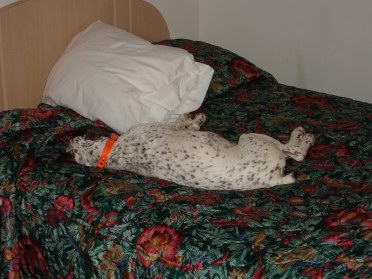
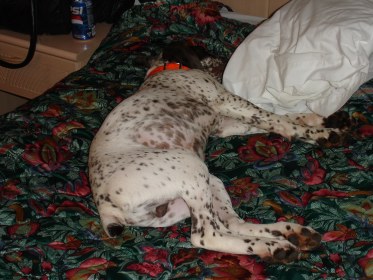
Foster following the flight from FRANCE!
10-17-2006

Jon & Parker, Jim, Shane & Amos and Bob
Opening day 2006
21 pheasants
Limit shot and brought home!!
Thanks Bob and Connie for the opportunity!!
(10-28-06)
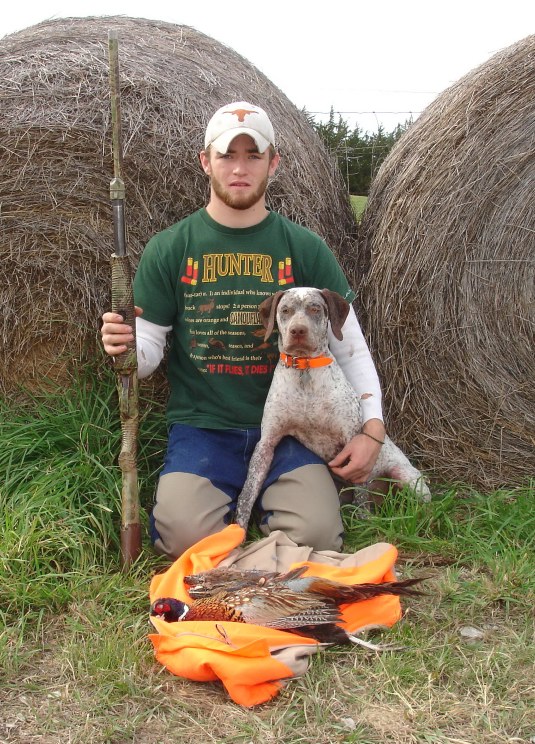
Darin & Fortune opening day 2006
2 quail, 1 pheasant
10-28-06
(~7 months old)
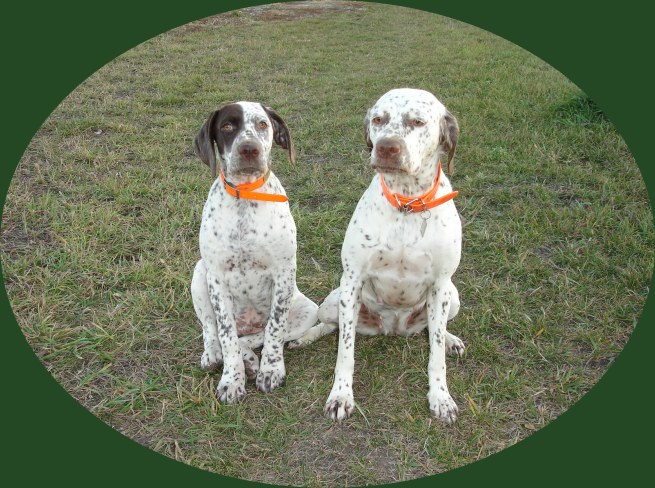
Foster & Valencia, waiting patiently for their turn in the field!
(10-31-06)
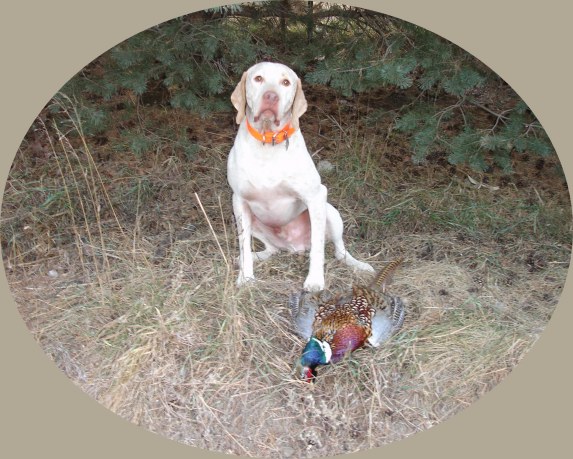
Axel, following his short afternoon outing!
12-02-06
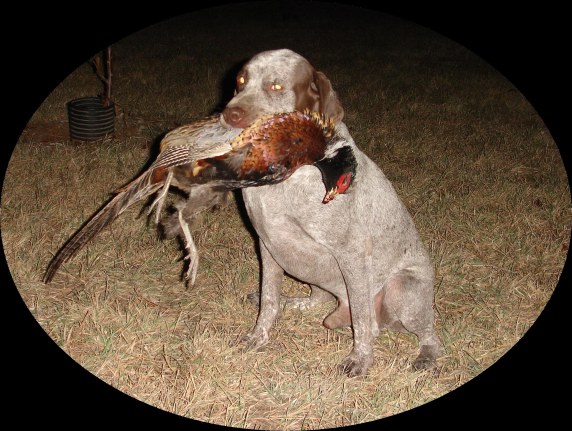
Angus, following his short afternoon outing a couple days later!
12-05-06
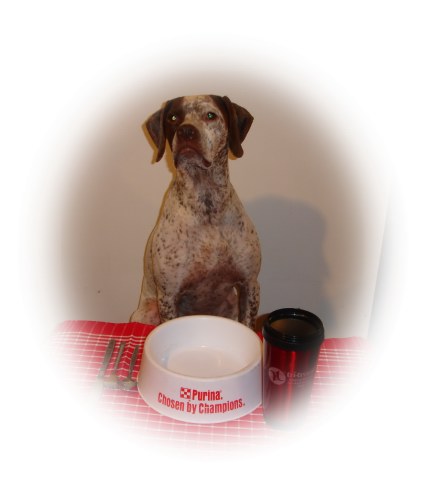
Hemi, ready for the NAVHDA 2007 Annual Meeting/Buffet!
(Sponsored by the Heartland Chapter: January 25 – 28, 2007)

Rufnit Kennels’ Braque du Bourbonnais Group
2007
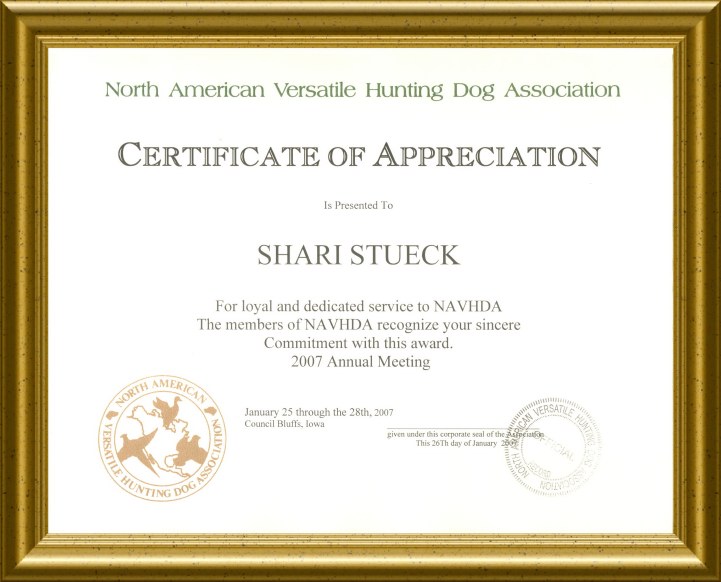
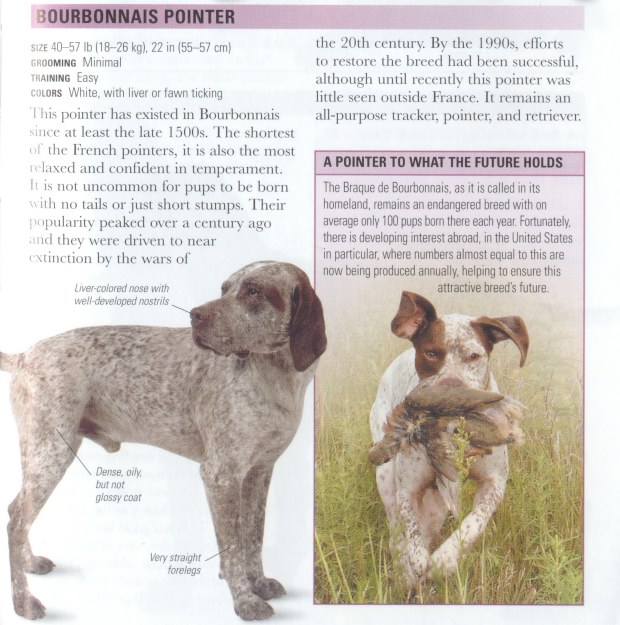
Photo courtesy of Rufnit Kennels
“Eyewitness Companions: Dogs” by Dr Bruce Fogle
Published by DK
(page: 237)
Sharing this fantastic breed…first with television spots, then newspaper articles and now books!
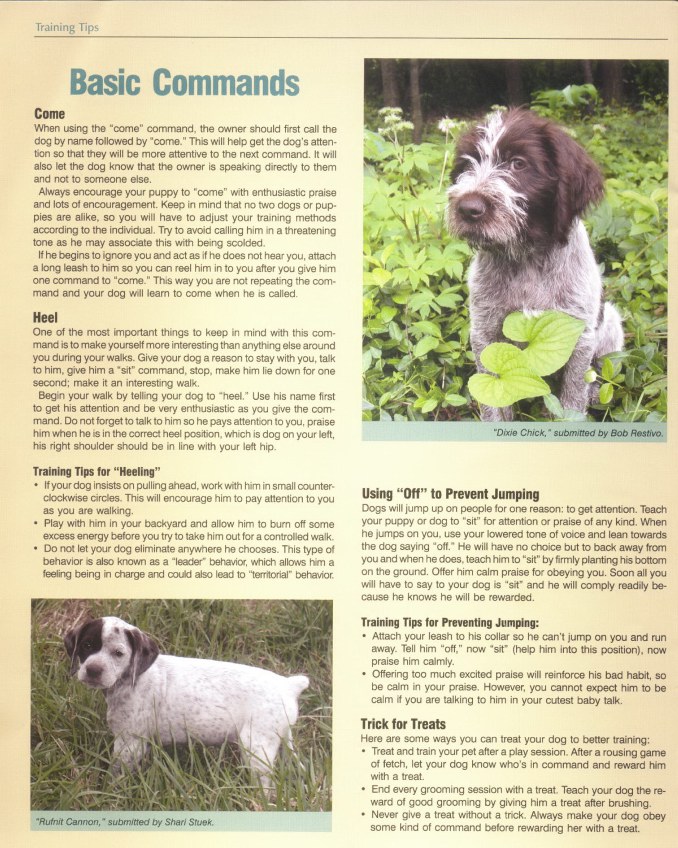
Cannon’s puppy photo as posted in the May 2007 Versatile Hunting Dog Magazine,
which is published by NAVHDA (Volume XXXVIII; No. 5)
photo submitted by Rufnit Kennels
(Click here for additional photos of the Rufnit “C” Litter)
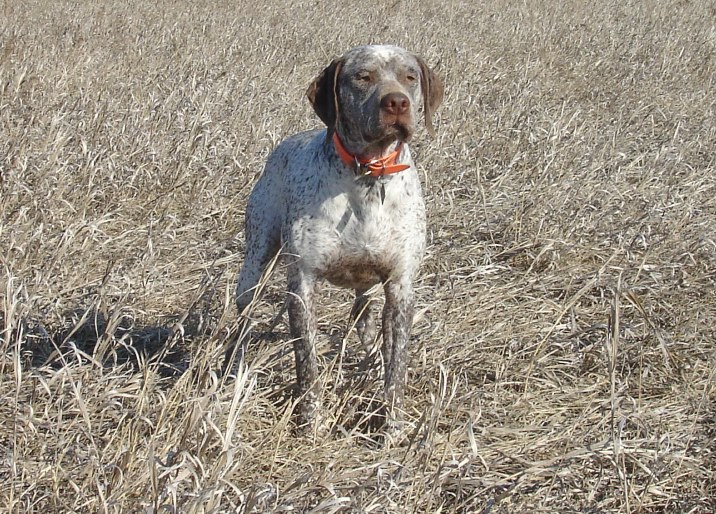
Fortune finding the quail remaining in the field following the puppy training sessions.
(2007)

Angus, the smart bird dog…He knows that the birds will need to take a bath sooner or later!!
07-27-07
Nebraska National Forest Weekend…
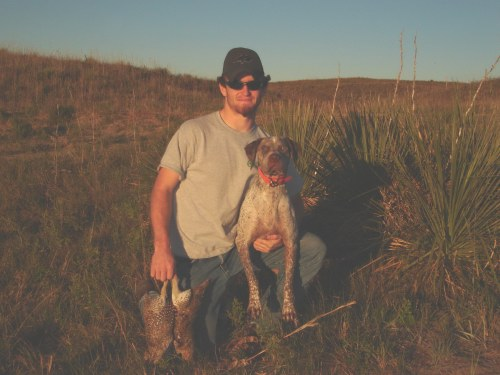
Darin & Fortune

Fortune

Terry & Axel

Axel
September 2007

Juli and Journey making their “whelping box” selections while they are awaiting their litters!
10-24-07
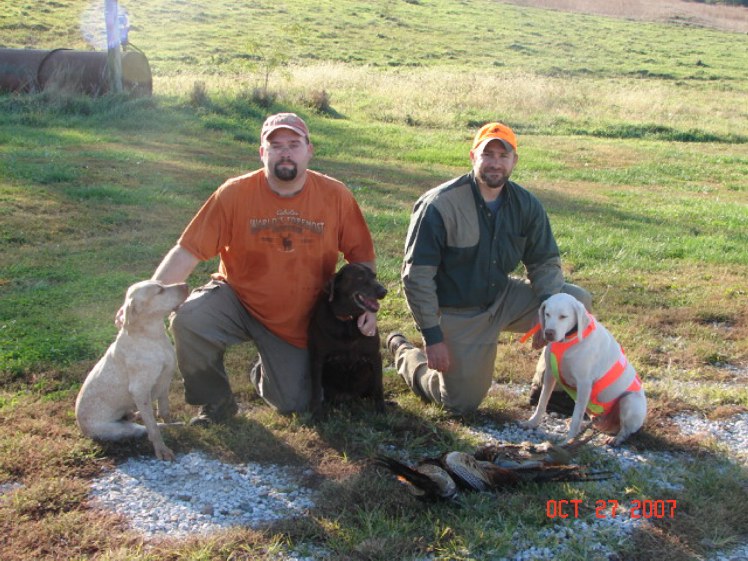
Rufnit Baja and Rufnit Amos enjoying Opening Day 2007
(Rufnit Baja ~3 1/2 years old, Rufnit Amos ~4 years old)
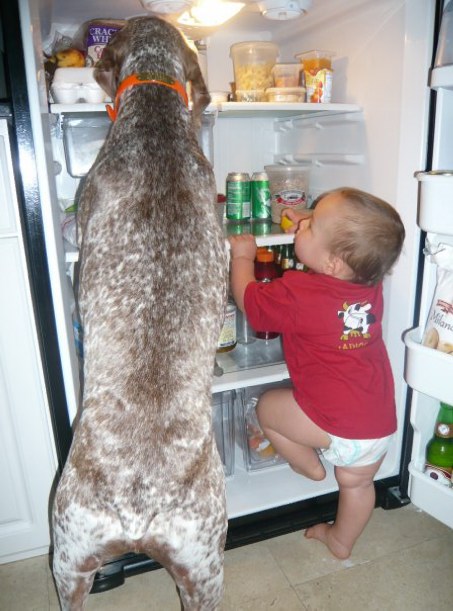
Rufnit Epoxy thrilled that his “little brother,” Tony, can get around!
Now…who is teaching who?!?!
(Epoxy ~3 years, Tony ~1 year)

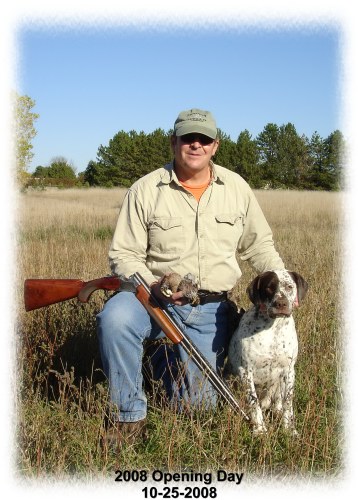
Enjoying Opening Day
2008!

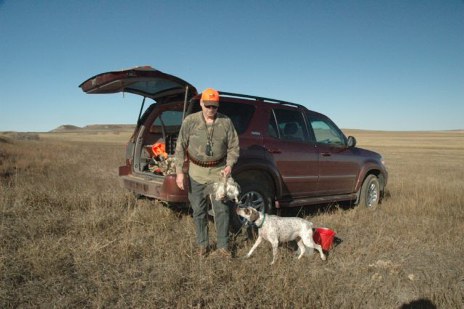
First day’s harvest 2008
Very first Sharptail Grouse!!
Rufnit Alou
“Having your human companion take you to the field on your birthday…PRICELESS!!”
~~Happy Birthday Alou (aka Bandit)~~
(5 years old)

The Traveling Braque du Bourbonnais Hunting Team!!
(Rufnit Alou, Rufnit Fortune, Rufnit Foster / BB’s)
(John, BurDon, Darin, Terry / follower’s)
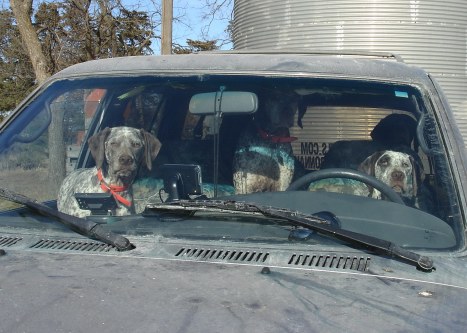
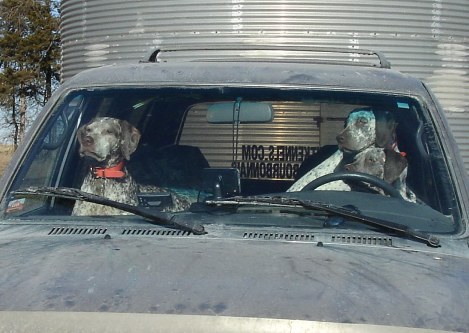
Ok, let’s see what birds are hiding on this farmers ground!!
(Jasmine, Journey, Natural & Olivia)
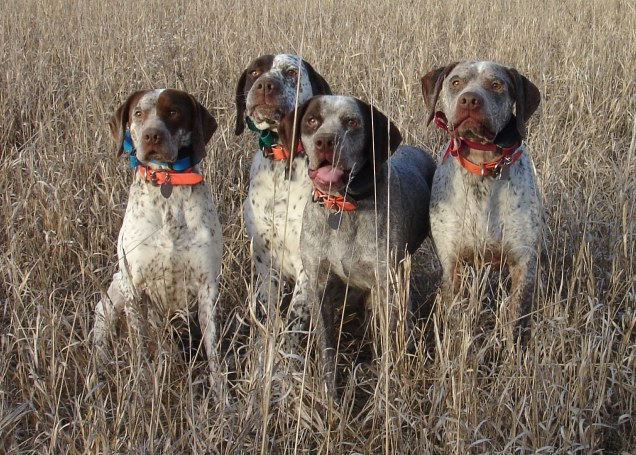
Let’s get those birds!!
(Vurhi, Foster, Angus & Fortune)
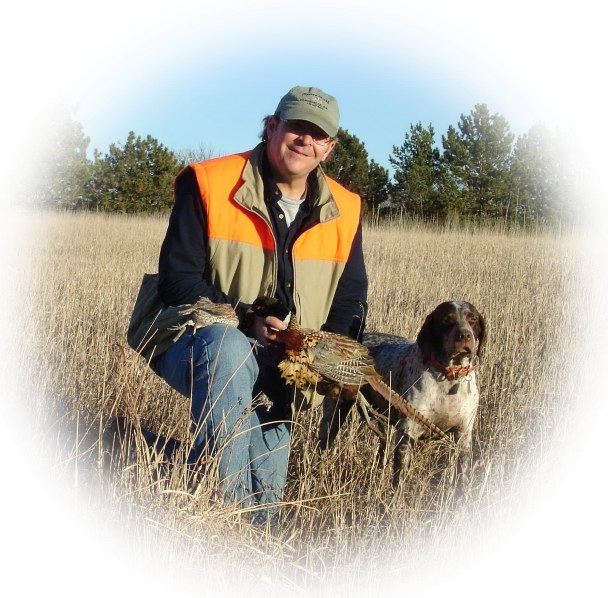
Last day of the 2008 season…
(Terry & Jasmine)

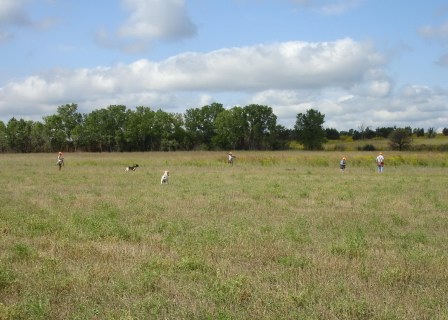
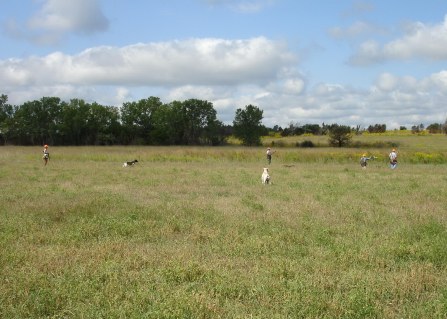
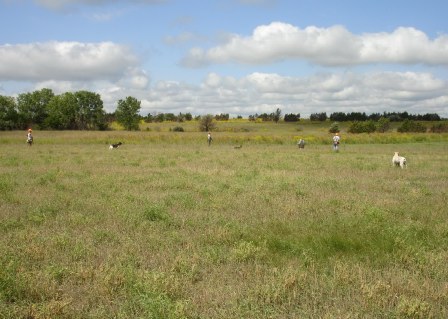
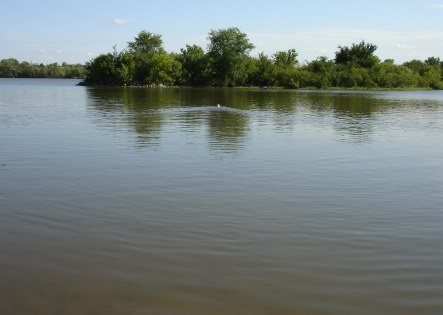

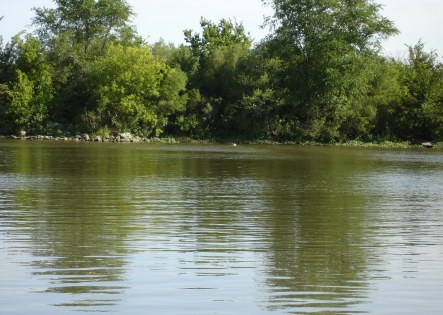

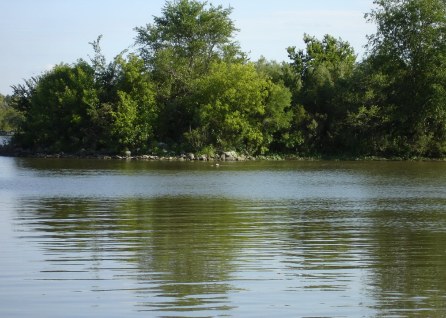

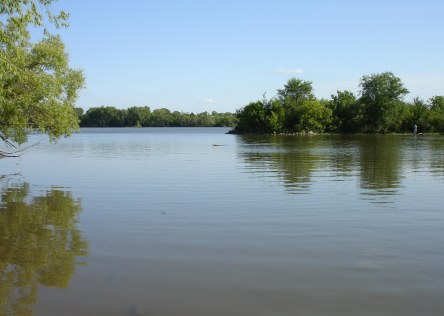
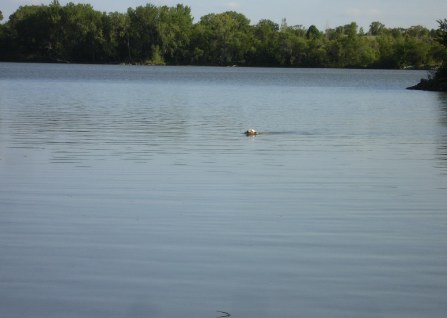
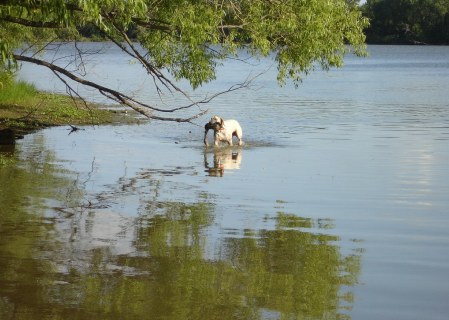

Rufnit Alex
Preparing for the 2009 Invitational
08-29-09

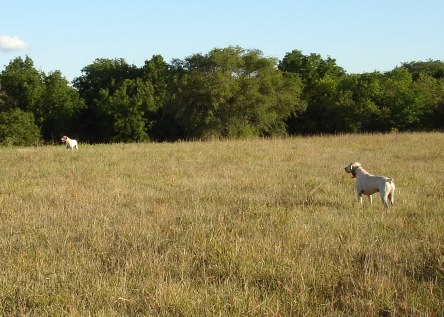
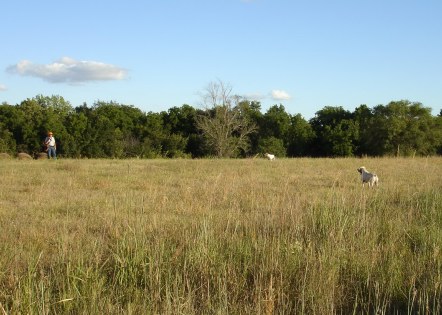

Rufnit Alex
Preparing for the 2009 Invitational
08-31-09
Click here: Rufnit Alex – Blind Retrieve (100+ yards) 08-31-09

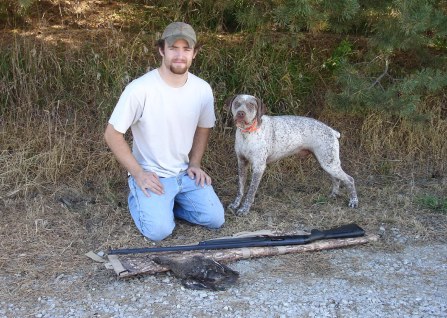
Rufnit Fortune
First hunt of the 2009 Waterfowl season!



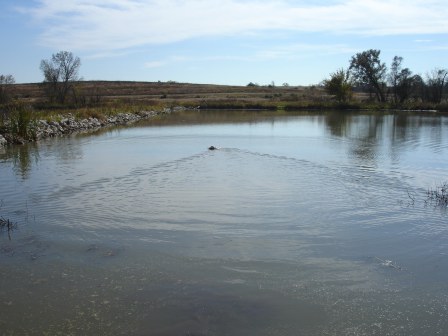

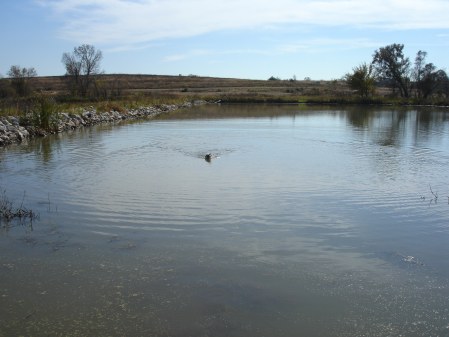
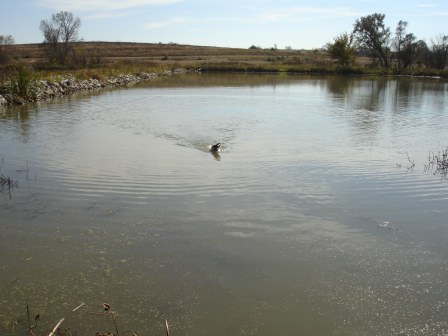
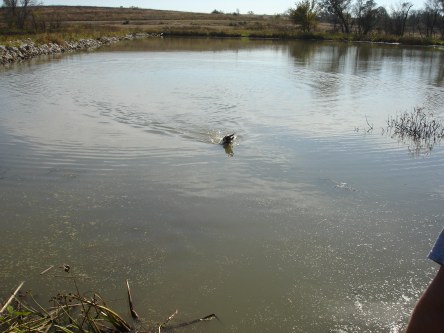

Rufnit Katen
First hunt of the 2009 Waterfowl season!
(~2 years old)
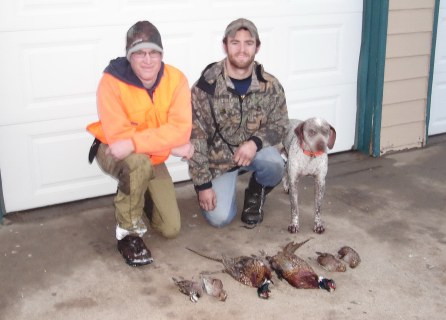
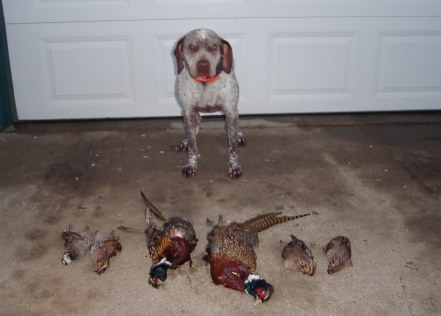
John, Darin and Rufnit Fortune’s afternoon in the field!
12-12-09
(~3 1/2 years old)
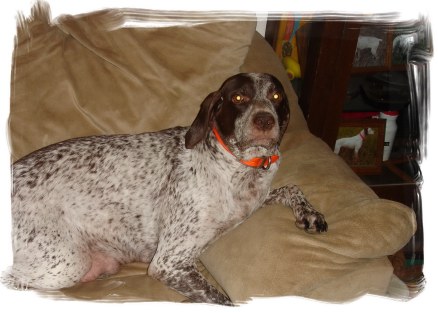
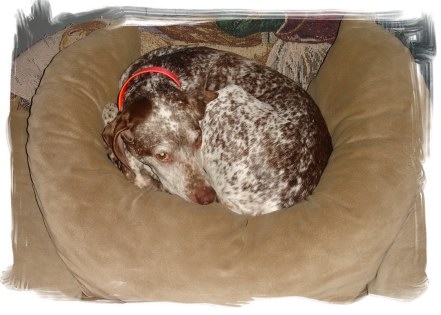
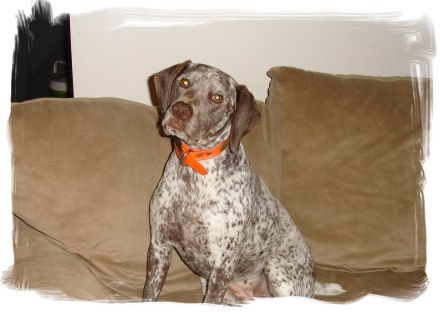
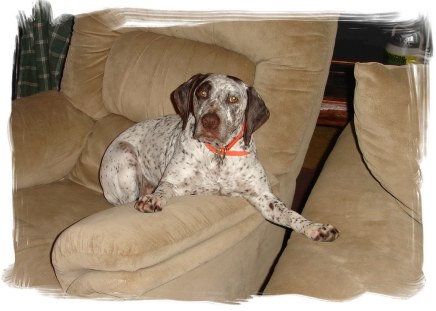
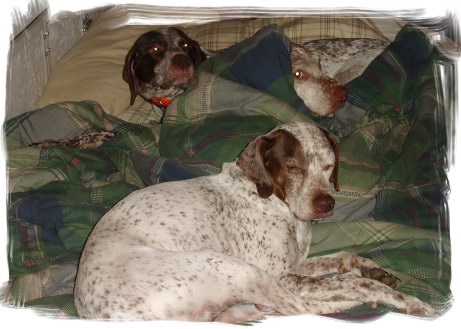
What goes on at Rufnit when there’s ~24″ of snow,
4′ drifts and the temps in the negative teen’s…A lot of
laying around and taking it easy!!
01-06-10
 |  |
 |  |
 The Rufnit Companions promoted the Heartland NAVHDA at the annual “Man Show” in the Lancaster Event Center. They impressed numerous visitors while showing their obedience, retrieving and people skills! 01-29-10 and 01-30-10  Rufnit Xceed (Sassy) and Rufnit Xquisite (Cinder) Rufnit Xceed (Sassy) and Rufnit Xquisite (Cinder)Photo as posted on the front page of the Omaha World-Herald announcing the 2011 Pheasant Fest weekend at the Qwest Center in Omaha NE (photo by Matt Miller / story by David Hendee) January 28, 2011 |
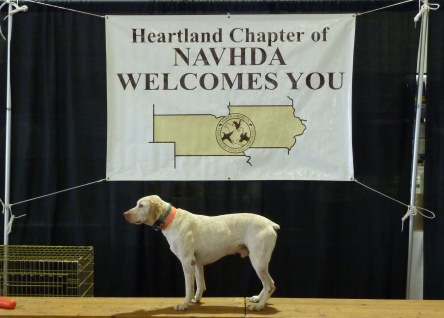



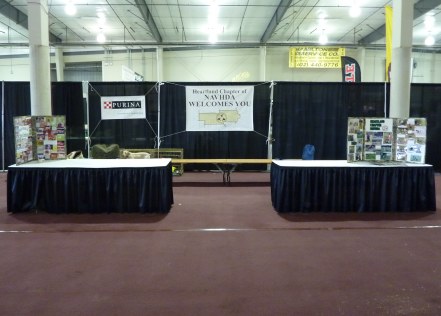
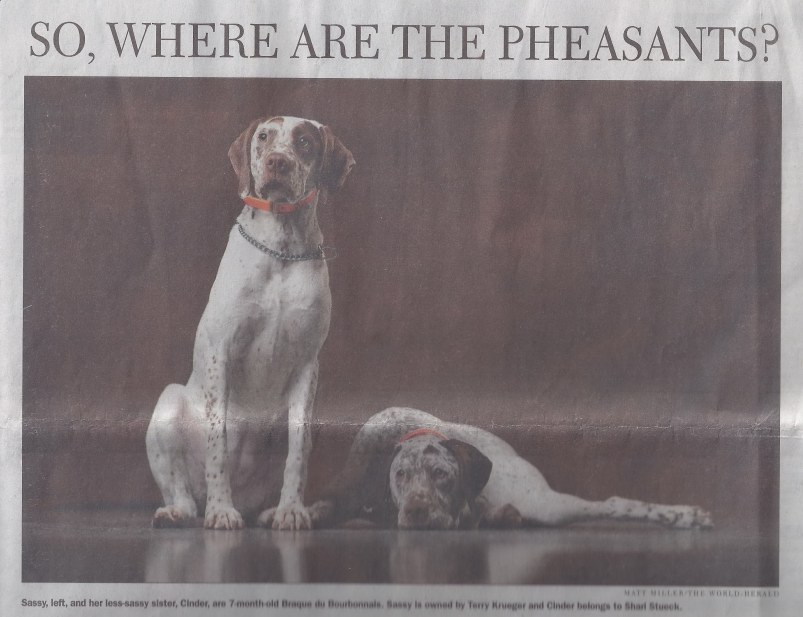
The Rufnit Companions promoted the Heartland NAVHDA
at the annual “Man Show” in the Lancaster Event Center.
They impressed numerous visitors while showing their
obedience, retrieving and people skills!
01-29-10 and 01-30-10
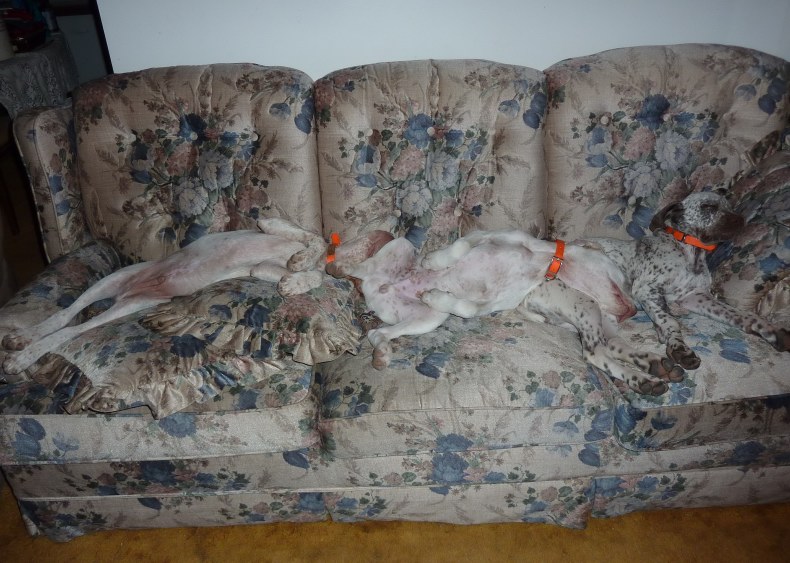
Dekun, Dylan and Birdi
Run in the field, full tummies…now for a nap!
11-12-11
(~4 months old)

An informative book…awesome section on the Braque du Bourbonnais!!

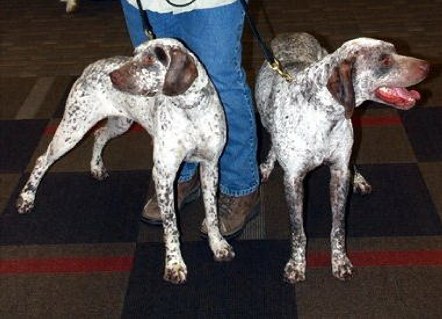



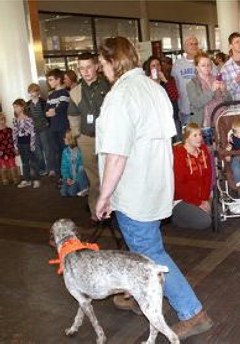
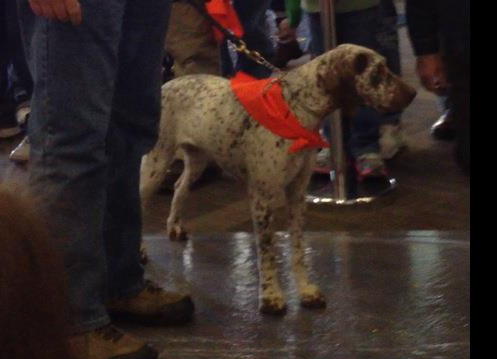

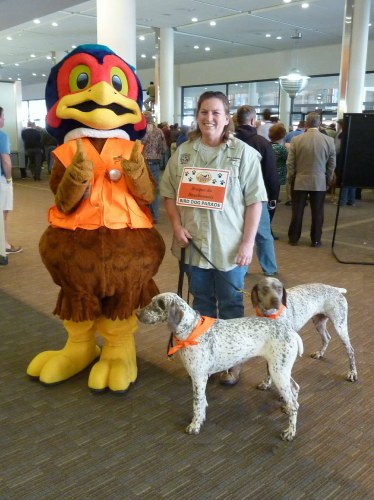
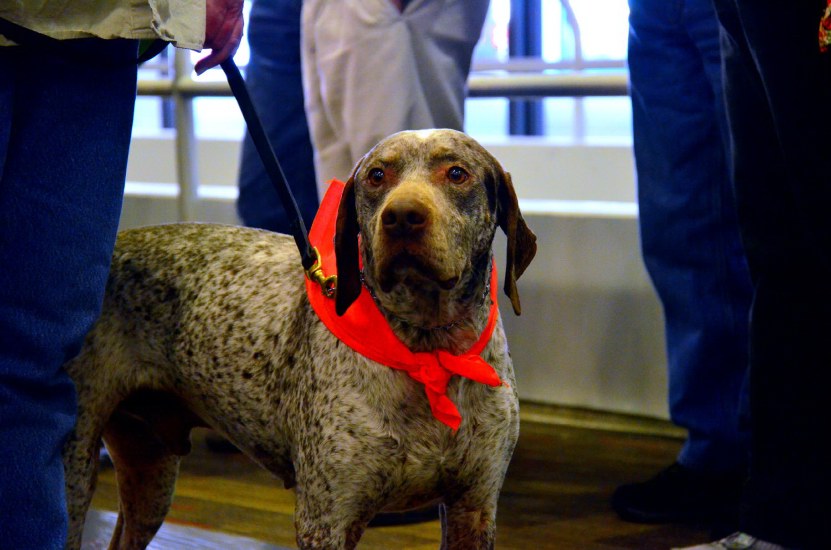
“Mom, what do you mean ‘this IS the Pheasant’ we came to see today…
it doesn’t look or smell like the ones we get during the hunting season!!”
Pheasant Fest 2012
Bird Dog Parade
Kansas City MO
02-17-12 through 02-19-12
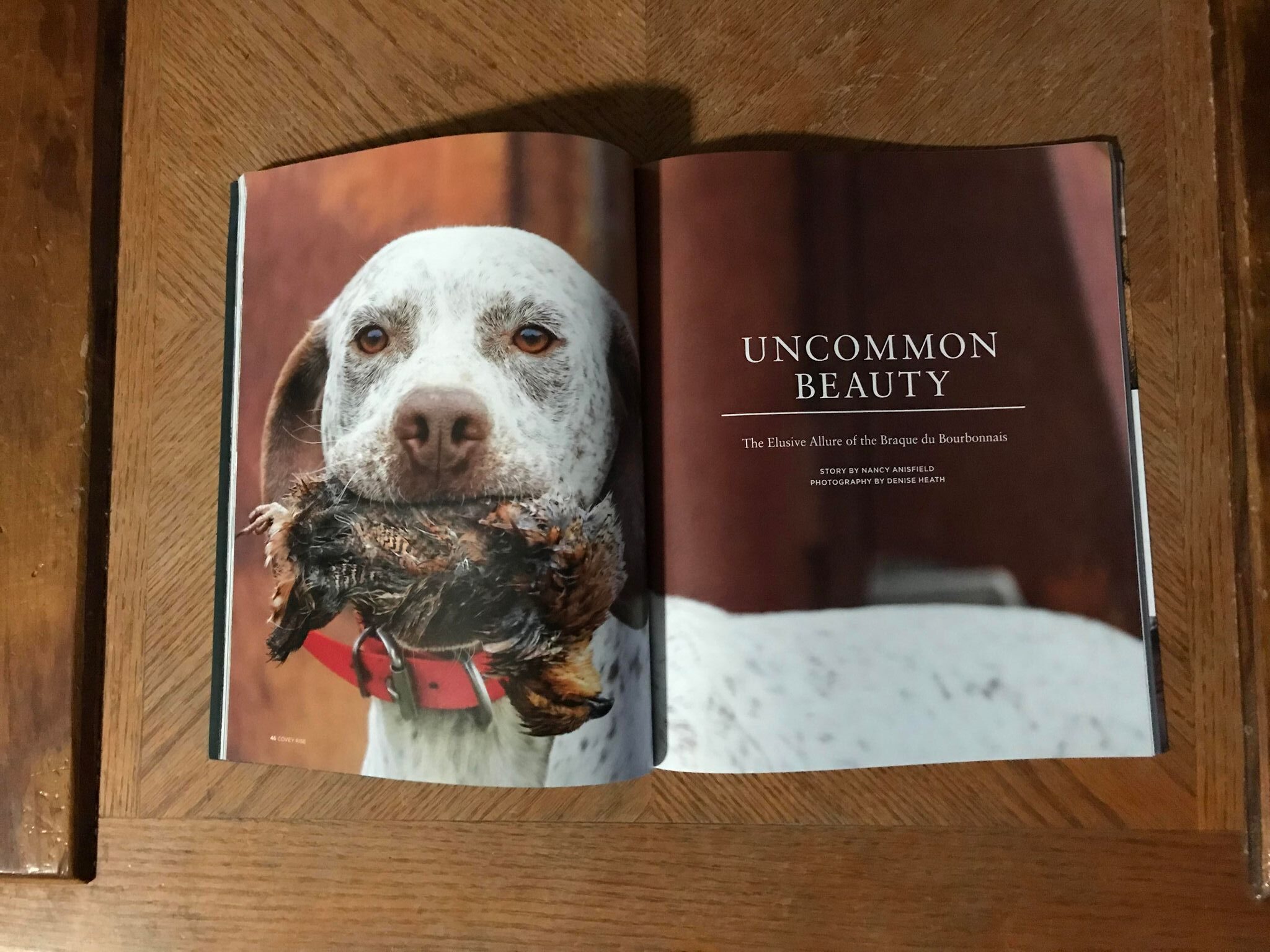

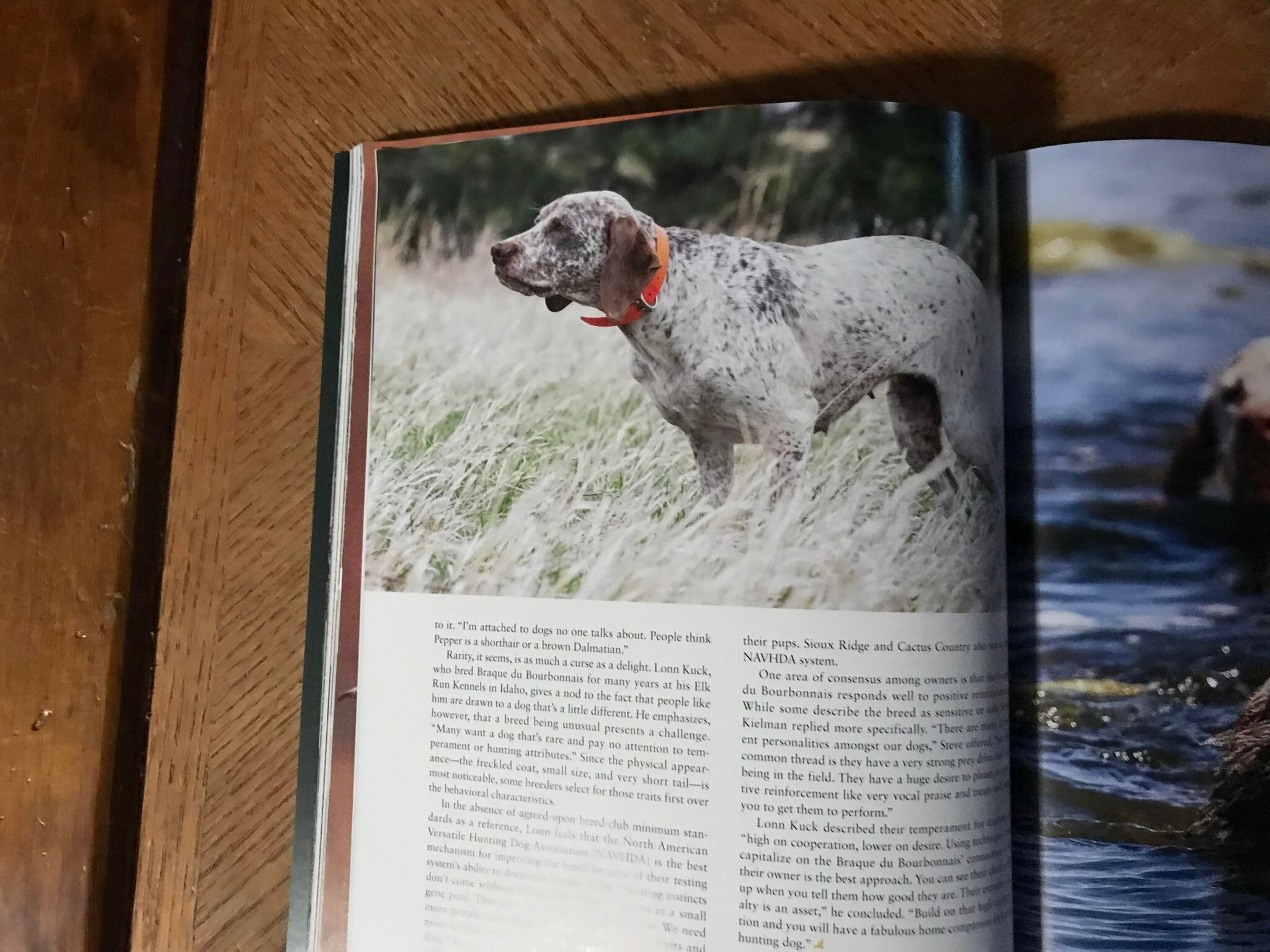
Covey Rise
Braque du Bourbonnais Article
Story: Nancy Anisfield
Photography: Denise Heath
February-March 2024
Volume 12, Number 2
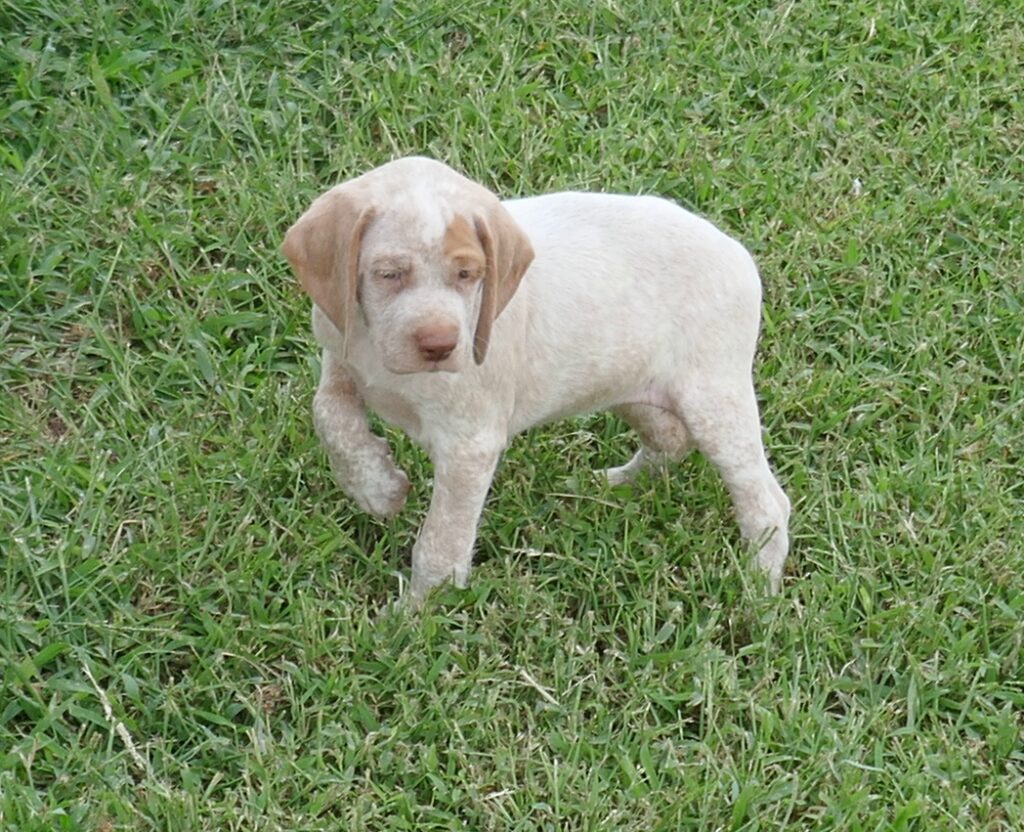
Rufnit Gabi
Learning about birds at 6 1/2 weeks old!
08-31-25
Project Upland
Braque du Bourbonnais: Characteristics, History, and Abilities
By Gabriela Zaldumbide August 29, 2025
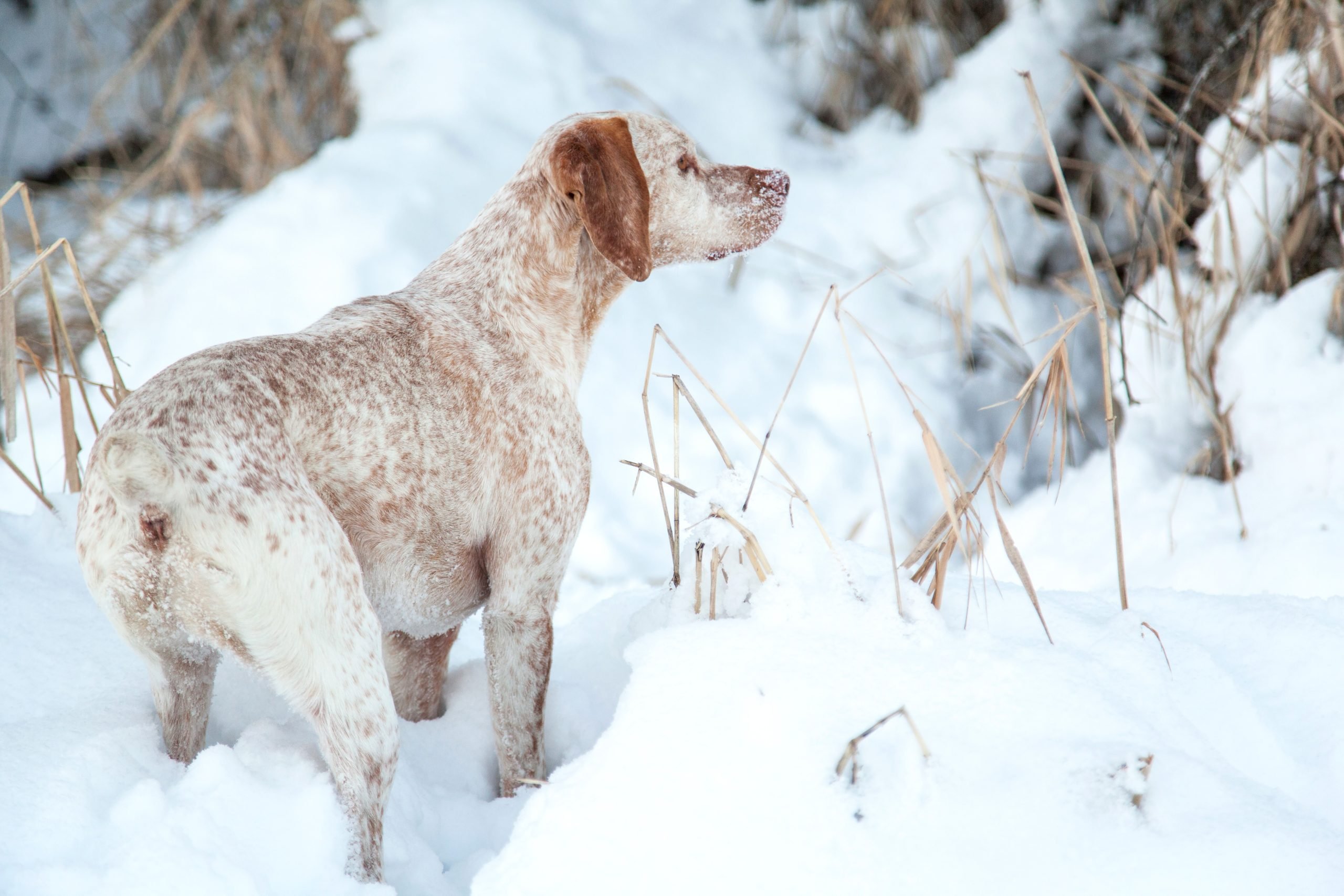
A unique hunting dog breed, the short-tailed Braque du Bourbonnais is bred by and for hunters to be calm, lively, and fun
Most hunters are familiar with breeds like the German Shorthaired Pointer, Labrador, or Brittany. Fewer have crossed paths with the Braque du Bourbonnais, which is a small, versatile French pointing dog whose history reaches back to the Renaissance. Its name is pronounced brock du boor-bon-nay, and drawings of it first appear in documents from the 1500s. By the mid-20th century the breed had nearly vanished. It was only through the efforts of French hunter Michel Comte and his breeding program in the 1970s that the Bourbonnais was revived.
Today, about 2,000 of these dogs can be found worldwide. The largest populations existing in France, the United States, Finland, the Netherlands, and Italy. While their numbers don’t compare to GSPs, Bourbonnais are often described as sweet, calm, and friendly at home, yet lively and intense in the field.
Hunting dog historian Craig Koshyk’s Pointing Dogs Volume One: The Continentals features an entire chapter on the Braque du Bourbonnais. While much of the following information is found in his book, Koshyk’s chapter includes much more information than you will find here. This is just a brief look at this breed’s character, form, versatility, and history. If you want to learn more, Pointing Dogs Volume One (and Two!) cannot be recommended enough.
In this Article
- Braque du Bourbonnais Characteristics and Form
- Braque du Bourbonnais Tail
- Braque du Bourbonnais Temperament
- Braque du Bourbonnais Hunting Abilities and Training
- Braque du Bourbonnais History
- The Modern Braque du Bourbonnais
- Finding a Braque du Bourbonnais Breeder
- Braque du Bourbonnais Breed Clubs

Braque du Bourbonnais Characteristics and Form
| Characteristics | Details |
| Name | Braque du Bourbonnais (pronounced brock du boor-bon-nay), Bourbonnais Pointer, Bourbonnais Pointing Dog |
| Size | Males: 51-57 cm, 20 to 22.5 inches Females: 48-55 cm, 19 to 21.5 inches |
| Tail | Born with a very short tail or no tail at all; breed standard is 15 cm or less |
| Coat | Short |
| Coat Color | Liver or chestnut-brown and fawn. Moderately to strongly ticked. |
| Health Issues | Pulmonic stenosis |
| Character | Affectionate and cooperative. Calm and well-suited to living in a house |
| Population | Less than 2,000 dogs worldwide |
| Range | Close to medium |
| Pace | Medium gallop |
| Good For | Upland birds, except for in very cold climates |
“I have had the opportunity to see a number of Braques du Bourbonnais in action in France as well as Quebec and Ontario,” writes Koshyk. “They definitely have a unique look. They are relatively small, not much bigger than a Brittany, but some of them can be built like fireplugs.”
The Braque du Bourbonnais can be described as a lot of dog in a compact frame. Males stand around 20–22.5 inches (51–57 cm), females slightly smaller at 19–21.5 inches (48–55 cm). Despite their modest size, they are muscular, agile dogs built to cover ground efficiently and turn sharply. According to the working breed standard, the Bourbonnais should have the agility to shift pace and direction suddenly, “recalling the maneuverability and stability of the polo pony.”
Historically, French hunters used evocative terms like “wine dregs” and “peach blossom” to describe their coats. Today, registries list them more simply as liver or fawn, with moderate to heavy ticking. Their short, fine coats emphasize the breed’s outline and are easy to maintain in the field. However, these dogs can be sensitive to extreme cold as a result.
The Tail
The single most recognizable feature of the Braque du Bourbonnais is its tail—or, more precisely, its lack of one. When compared to the tails of English Setters or Munsterlanders, this absence of a tail is a defining feature indeed.
Many Bourbonnais are born naturally tailless or with a stub of less than six inches (15 cm). This trait was once so common in the Bourbonnais region that it became inseparable from the breed’s identity. Some early writers speculated that repeated docking had caused tails to shorten over time, but genetic research has since confirmed that the Bourbonnais’ short tail is the result of a natural mutation.
As of 2006, cropping the tail became permitted. Dogs born with tails longer than 15 cm could now be cropped to fit within the breed standard. “Some breeders dock the tails to a short nub,” said Nancy Anisfield, a member of the Pheasants Forever and Quail Forever National Board of Directors.
“Fortunately, in 2009 a test to identify the gene for the short tail was developed. It is hoped that by using the test, breeders can put the words ‘naturally short-tailed’ on a dog’s pedigree so that they can be shown in countries where docking is not allowed,” Michel Comte, the father of the modern Braque du Bourbonnais, told Koshyk.
We will dive deeper into Michel Comte’s story and the history of the Braque du Bourbonnais (or BdB) in a little bit. First, let’s discuss the hunting style and temperament of this incredible breed.
Braque du Bourbonnais Temperament
Bourbonnais are known for their easygoing personalities and close bonds with family. At home, they are affectionate and cooperative, often happiest when lounging close to their people. In the field, however, they shift gears entirely, hunting with energy and persistence.
“As a family dog, the Braque du Bourbonnais has a gentle disposition and ardent desire to please. But they are also described as insatiable in their desire to train and hunt,” said Anisfield. American Braque du Bourbonnais breeder Shari Stueck echoes Anisfield’s remarks. She told Craig Koshyk, “They are calmer than many of the other hunting breeds. My Bourbonnais just love to lounge around the house. But they really move when they are hunting!”
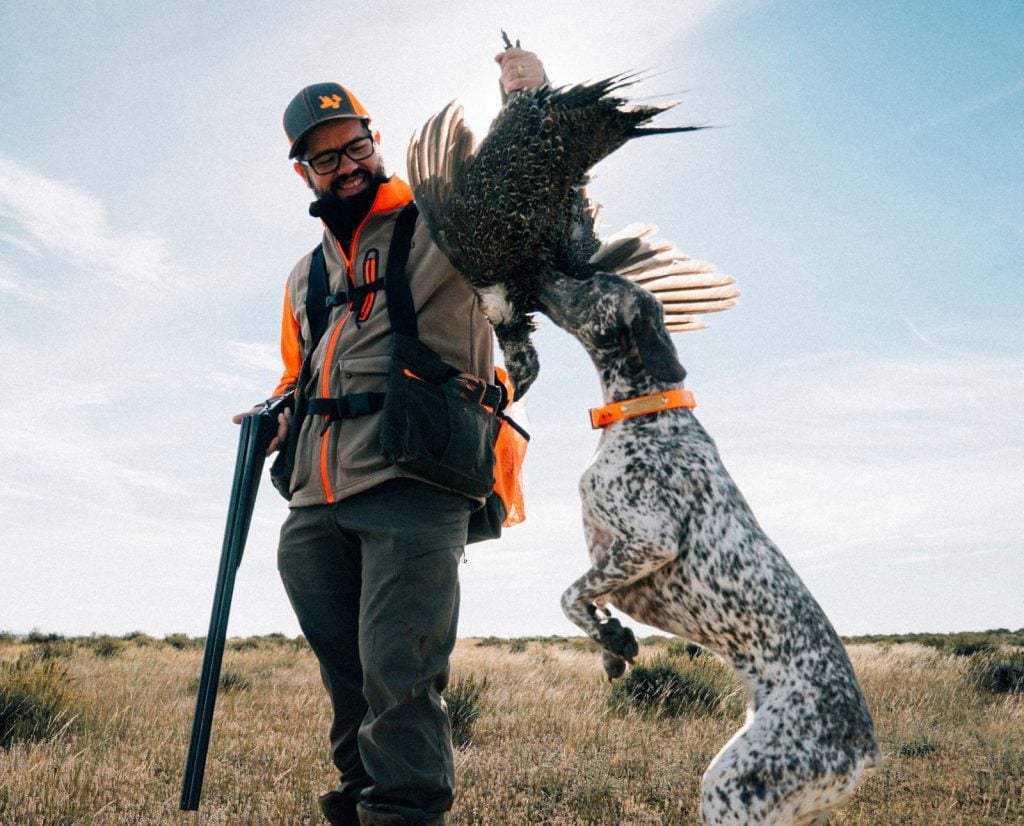
Braque du Bourbonnais Hunting Abilities and Training
“They take to water and tracking training well,” said Anisfield, “but they can be considered fairly soft dogs that respond best to training methods that support their desire to please.” Craig Koshyk and Shari Stueck agree that BdBs are softer dogs that learn best when taught with a gentle hand. Additionally, their ability to learn quickly makes them great for first-time handlers.
“A lot of my pups go to first-time handlers, and they have all done really well with a little coaching from me,” said Stueck. “We’ve always selected for dogs that are easy to train; in fact, we have some dogs that almost train themselves.” Stueck also mentioned that BdBs start pointing at an early age.
“On point, they are strong and solid but lack the elegance of English Setters or the athletic ‘wow’ power of German Shorthairs,” said Anisfield. Although their points may lack the flash of other breeds, Bourbonnais remain reliable and versatile gundogs.
“They are medium-distance, medium-paced gun dogs that can stretch out to 200 yards but will check in frequently, averaging the distance to a workable range. They are truly versatile in their ability to scent, point, retrieve, track and swim,” continued Anisfield. BdBs aren’t necessarily bred for water work, but Koshyk reports that they “take to water easily” and are often excellent in the water. Like pointing, pups tend to show their retrieving instincts at young ages.
Braque du Bourbonnais History
The Braque du Bourbonnais is a very old hunting dog breed. An illustration of a “keen scented panther-like dog for catching quail” by Ulisse Aldrovandi from the late 1500s depicts a canine that looks extremely similar to modern BdBs. Craig Koshyk includes an excerpt from Adolphe de La Rue’s Les Chien d’Arrêt Français et Anglais that explores the breed’s origins a bit more:
As for the origins of the Bourbonnais dog, which is a short-tailed breed, there is no need to look anywhere else than at the large brown Braque; the first, most ancient of our breeds. Once this is admitted, it is no longer doubtful that families where individuals are always born with a short tail have in their veins the pure and precious blood of the primitive breed from which they descend.
By the early 1900s, the breed was suffering. A narrow gene pool and close breeding produced serious issues, including deafness, infertility, and weakened vitality. Some breeders introduced outside blood, particularly English Pointers, in an effort to restore vigor. Despite these attempts, two World Wars pushed the breed to the edge of extinction. By the 1960s, many assumed the Bourbonnais had disappeared entirely. However, in the 1970s, a man named Michel Comte came into the picture.
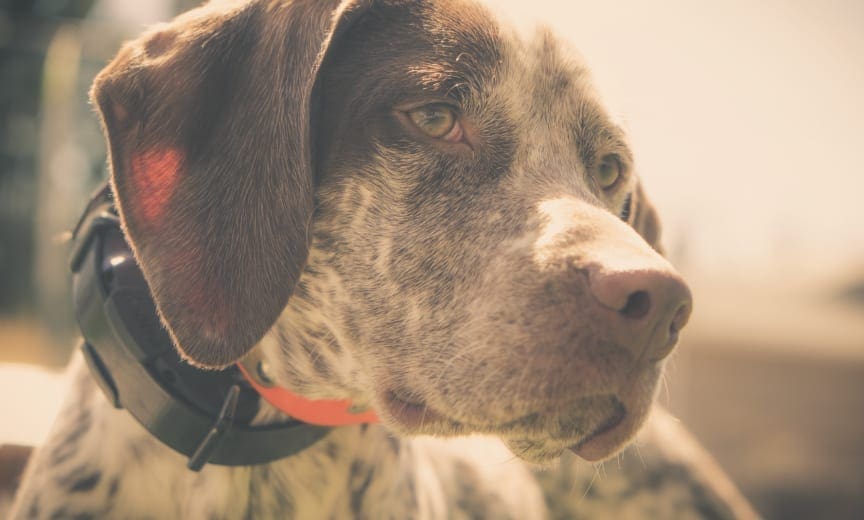
Michel Comte and Modern Braque du Bourbonnais
Comte would come to be referred to as the father of the modern Bourbonnais because he led the effort to restore, or rather, recreate, the breed. The turning point came in the 1970s when Comte joined forces with his brother, Gabriel, and veterinarian Dr. Louis Monavon, and began searching rural areas for “country braques” that still showed the Bourbonnais type—short tails, distinctive coats, and the right build. Through selective breeding, they built a new population that preserved the look and function of the old Bourbonnais.
By the 1980s, organized breed clubs and events were active again. Today, the Braque du Bourbonnais is still relatively rare, with an estimated 2,000 dogs worldwide, but it is firmly established in both France and the United States. Many American breeders prove their stock through North American Versatile Hunting Dog Association (NAVHDA) hunt tests, ensuring that hunting ability remains central to the standard.
Comte himself described the revived Bourbonnais as a “recreated breed.” While not genetically identical to its ancestors, the modern dog retains its hallmark traits. Comte even believes the modern breed outperforms the older version in speed, stamina, and trainability. In short, the Braque du Bourbonnais has become a reliable and beautiful companion for upland hunters who appreciate both tradition and performance.

Finding a Good Bourbonnais Breeder
According to Nancy Anisfield:
There are only about two thousand Braque du Bourbonnais in the world. Most breeders are breeding for hunting, not show, so despite the small population in the U.S., the chances are excellent for getting strong hunting skills from a Braque du Bourbonnais. In the U.S., the most notable Braque du Bourbonnais breeders prove their dogs through hunt tests such as those in the North American Versatile Hunting Dog Association. Many also import dogs as needed to maintain the quality of the gene pool.
Braque du Bourbonnais Breed Clubs
- Club du Braque du Bourbonnais (parent club)
- Braque du Bourbonnais Club of America
- The British Braque Du Bourbonnais Club
Post Tags:#Braque du Bourbonnais#Dog Breeds#Feature#Pointing Breeds#Versatile Dog Breeds
Gabby Zaldumbide is Project Upland’s Editor in Chief. Gabby was born in Maryland and raised in southern Wisconsin, where she also studied wildlife ecology at the University of Wisconsin-Madison. In 2018, she moved to Gunnison, Colorado to earn her master’s in public land management from Western Colorado University. Gabby still lives there today and shares 165 acres with six horses, three cats, and eight dogs (one of which is a Small Munsterlander). She herds cows for a local rancher on the side.
Link to: Project Upland
Braque du Bourbonnais Article
Story: Gabriela Zaldumbide
August 29, 2025
For additional photos and information please ~
Join us on FaceBook
- Upcoming Litters
- Puppy and Litter Info
- Comments & References
- Breeding, Whelping & Raising Time Line
- Vital Periods in Your Puppies Growth
- Rufnit Puppy Information
- What is a Reputable Breeder
- Pick A the Litter – by J.D. Wills
- The 10 Commandments From a Pet’s Standpoint
- To Reserve Your Braque du Bourbonnais
~~~~~~~~~~~~~~~~
Sole recipient of the prestigious
“Natural Ability Breeder Awards”
presented by NAVHDA for the
Braque du Bourbonnais
~~~~~~~~~~~~~~~~
Producing…
the FIRST litters of
Naturally Short Tailed/Tailless
Braque du Bourbonnais’
in North America
~~~~~~~~~~~~~~~~
| Rufnit Kennels, LLC is honored to be recognized and supported by the Club du Braque du Bourbonnais (breed club in the country of origin – FRANCE) |

There are many reputable breeders of fine upland hunting dogs throughout North America. Unfortunately in this business like so many others, the buyer needs to be aware. Make sure that the puppy comes from a line of dogs that have good health credentials. There should be a good history in the pedigree of dogs that perform in the field (field trials, hunt tests, etc.). As a rule, avoid “backyard breeders.” Leave the art and science of breeding to the breeders experienced with the breed and have produced proven progeny. Take the time to make contacts and see if there are any consistent problems reported about the particular breeder you have selected. NAVHDA (North American Versatile Hunting Dog Association) is the foundation registry and testing organization for the Braque du Bourbonnais in North America. We sell to only responsible owners and utilize the “Breeding Restriction” registration offered by the registries. Rufnit Kennels assumes a lifetime responsibility for the canine lives we place on this earth. We require the dog/pup be returned to Rufnit Kennels should a situation arise and a dog/puppy need to be relocated.
Remember that the least expensive part of the cost of a dog is its initial price. Vet bills, feeding, kenneling, training etc. are what really cost the most. Our advice: Do your research, you and your companion will benefit in the long run.
License #KN744
Rufnit Kennels, LLC BdB * C/O Shari Stueck * 5900 Saltillo Road * Lincoln NE 68516-9209 * (402) 423-0995 or (402) 560-8652
